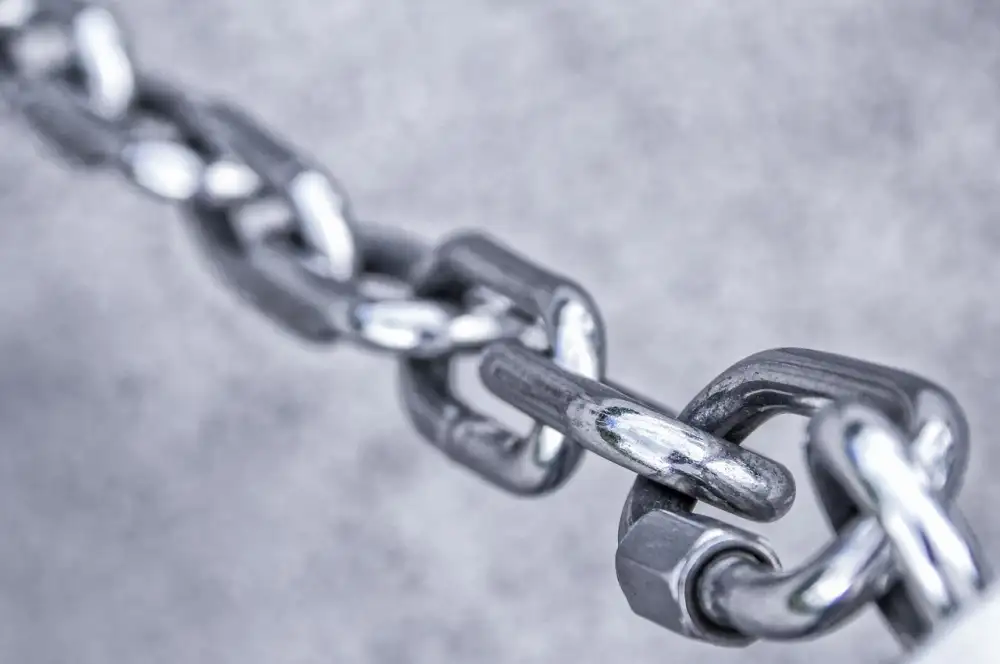Hybrid vs Driving Iron: Choosing the Best Club for Your Golf Game

When it comes to choosing the right club for your golf game, hybrid clubs and driving irons are two popular options that cater to different playing styles and preferences. Hybrid clubs combine the best features of both irons and fairway woods, offering a blend of forgiveness, distance, and versatility. On the other hand, driving irons are designed for precision shots off the tee or from the fairway, providing a more controlled ball flight compared to traditional long irons. Understanding the differences between these two types of clubs can help you make an informed decision based on your individual needs and playing ability.
Design and Construction Differences
Hybrid clubs are a blend of irons and fairway woods, featuring a larger clubhead with a rounded sole that helps glide through rough terrain. They typically have a lower center of gravity, making it easier to launch the ball higher with more forgiveness on off-center hits. In contrast, driving irons have a smaller clubhead resembling traditional irons, providing better control and precision for skilled players who prefer shaping shots. The design differences also extend to the materials used, with hybrids often incorporating lightweight graphite shafts for increased swing speed and distance, while driving irons may feature steel shafts for enhanced accuracy and feedback.
Playability and Forgiveness Comparison
When comparing playability and forgiveness between hybrid clubs and driving irons, it's essential to consider the design differences. Hybrids typically have a larger clubhead with a lower center of gravity, making them easier to launch the ball into the air. This design feature enhances forgiveness on off-center hits, providing more consistent results for players of varying skill levels.
On the other hand, driving irons have a smaller clubhead and a higher center of gravity, which can make them less forgiving on mis-hits. However, skilled players may appreciate the added control and workability that driving irons offer, especially when shaping shots or playing in windy conditions.
In terms of playability, hybrids are known for their versatility in various lies and course conditions. The wide sole of a hybrid helps glide through rough terrain or tight lies with ease, making them suitable for a wider range of shots around the course. Driving irons, with their more compact design, may require more precise contact but can excel in providing a penetrating ball flight ideal for windy days or when accuracy is paramount.
Ultimately, when choosing between a hybrid and a driving iron based on playability and forgiveness, consider your skill level and playing style. Beginners or high-handicap golfers may benefit from the forgiveness and ease of use offered by hybrids. In contrast, advanced players seeking more shot-shaping control might prefer the precision of driving irons despite their slightly less forgiving nature.
Distance and Trajectory Variations
When it comes to distance and trajectory, hybrid clubs are known for their ability to launch the ball higher and carry it farther compared to driving irons. This is due to the design of hybrids, which feature a larger clubhead with a lower center of gravity. The lower center of gravity helps players get the ball airborne more easily, resulting in longer carry distances.
On the other hand, driving irons are designed for more control and accuracy rather than pure distance. They typically produce a lower ball flight with less spin, making them ideal for hitting low shots under windy conditions or when trying to navigate tight fairways. While driving irons may not offer the same distance as hybrids, they provide better control over trajectory, allowing skilled players to shape shots more effectively.
Ultimately, when choosing between a hybrid and a driving iron based on distance and trajectory preferences, players should consider their individual strengths and weaknesses on the course. If maximizing distance and height is crucial, a hybrid might be the better choice. However, if precision and shot shaping are priorities, a driving iron could be the preferred option for achieving desired trajectory variations on the golf course.
Versatility on Different Course Conditions
When it comes to versatility on different course conditions, both hybrid clubs and driving irons have their strengths. Hybrid clubs are known for their ability to navigate through rough terrain and provide easier launch from various lies. Their larger clubheads and lower centers of gravity make them ideal for getting out of tricky situations on the course. On the other hand, driving irons excel in windy conditions and offer more control over ball flight trajectory, making them a preferred choice on links-style courses or when precision is key. Ultimately, the decision between a hybrid club and a driving iron will depend on the specific challenges presented by the course you are playing on and your individual playing style.
Personal Preference and Skill Level Considerations
When considering whether to use a hybrid or driving iron, personal preference and skill level play a significant role. Players who struggle with long irons may find hybrids easier to hit due to their larger clubheads and lower centers of gravity. On the other hand, skilled players who prefer more control over shot shaping and trajectory might opt for driving irons. It's essential to test both clubs on the range and course to determine which feels more comfortable and suits your playing style. Ultimately, choosing the right club comes down to what feels best in your hands and gives you confidence on the course.
In conclusion, when deciding between a hybrid club and a driving iron, it ultimately comes down to personal preference and skill level. Hybrid clubs are ideal for golfers looking for forgiveness, playability, and distance on off-center hits. On the other hand, driving irons offer more control and precision for skilled players who prefer shaping shots.
Consider your strengths and weaknesses on the course before making a decision. If you struggle with long irons or need help getting the ball in the air, a hybrid club may be the better choice. Conversely, if you excel at hitting low-trajectory shots and desire more workability, a driving iron could be the right fit.
Ultimately, test out both types of clubs on the range or during a round to see which one feels most comfortable and suits your game best. Remember that there is no one-size-fits-all answer when it comes to choosing between a hybrid club and a driving iron – what works for one player may not work for another. Selecting the right club can make a significant impact on your performance and enjoyment of the game, so take your time to make an informed decision based on your individual needs and preferences.
Published: 10. 04. 2024
Category: sports


